
By 1963, Studebaker as a carmaker had run out of options. Bleeding cash, facing stiff competition, and with no new products in the pipeline, the only question observers asked was when—not if—he company would shut down its auto plants. But Brooks Stevens believed he could turn it all around and, in the process, redeem himself as a car designer.
Stevens, then in his early 50s, had of late made an impression at Studebaker with restylings of both the Hawk and the Lark, giving both new identities – and new leases on life—with relatively minor changes. But the outside designer who he had supplanted at Studebaker, Raymond Loewy, struck back via the Avanti, a critically acclaimed car that still couldn’t save the company. Stevens thus had both his ego—wrapped up in a rivalry with Loewy—and a source of income on the line with Studebaker’s automotive operations headed to the chopping block.
Glenn Adamson, in his book Industrial Strength Design: How Brooks Stevens Shaped Your World, described Stevens’s state of mind at the time. “Stevens was distraught; the best chance he ever had to put his designs onto automotive assembly lines was ending. Incredibly, Stevens continued to pour his resources into designing automobiles for the dying company. The situation was both desperate and quixotic and hence played perfectly to his strengths.”
To land this Hail Mary pass, though, Stevens would have to go beyond a simple rework of existing products. He’d have to razzle, dazzle and reinvent, and he took a multi-pronged approach to make it happen.
His main line of attack, the Hawk-replacing Sceptre, aimed to bring a futuristic look to Studebaker. About the only aspect of the car that tied it to existing Studebaker products was the less-upright variation on the Gran Turismo Hawk’s formal roof; Stevens and his staff re-contoured the entire body around a light and airy greenhouse as well as radical Sylvania headlamp and taillamp setups that stretched across the entire width of the car. A three-sided “polo mallet” design not only became the shape of the Sceptre’s logo, but also a theme that carried through to the wheelcovers and the steering wheel. Space-age transparent bubbles covered the instruments and the radio, and a slide-rule speedometer perched atop the dashboard. In front of the passenger, Stevens included a glove box/vanity that slid back toward the passenger to ostensibly serve as a rally table.
According to Stevens’s account of the car, related to Michael Richards in an article for Automobile Quarterly, he had Sibona-Bassano in Turin handle the Sceptre’s construction, a job that cost Stevens just $16,000 and resulted in a “jewel-like” and “impeccably crafted” concept car, delivered by April of 1963. Pleased with the result, Stevens even envisioned a Wagonaire version of the Sceptre, as seen in this pair of touchups dated September 1963.
Studebaker, however, needed more than just a flagship car. Perhaps more than any other carmaker, Studebaker banked on bread-and-butter cars, specifically the Lark, and Stevens recognized that reality with his Cruiser concept.
Built by Sibona-Bassano at the same time as the Sceptre (and for another $16,000), the Cruiser incorporated an idea Stevens had always wanted to try out in a passenger car: doors that interchanged diagonally, thus representing a savings in tool and die making. According to the AQ article, Stevens also had its V-8 drivetrain and body shuffled rearward to get its weight distribution closer to 50/50, and as we can see from Stevens’s concept drawings from the Milwaukee Art Museum’s collection, he at one point envisioned the Sceptre’s headlamp/taillamp bars for the Cruiser rather than the Cibie headlamps and conventional taillamps that the concept ended up with.
As Stevens related the story, Studebaker president Sherwood Egbert showed enthusiasm for both concepts when Stevens unveiled them in 1963, “but money became tight and then the roof fell in.”
Undaunted, Stevens prepared three more designs, apparently figuring that if he had one more chance he might as well go for broke. Dated January and February of 1964, the designs propose a series of rear-engine, rear-wheel-drive or front-engine, front-wheel-drive subcompacts with interchangeable fiberglass panels, “ideal for a manufacturer with no remaining capital,” Adamson wrote. The four-door sedan seemed conventional enough at a time when the Corvair and Volkswagen Beetle made mass-market rear-engine vehicles not unheard of, but the other two—a minivan benchmarked against the Volkswagen’s Type 2 and a cab-forward reverse-station-wagon—looked more like industrial people-movers one might find behind the Iron Curtain.
Studebaker, of course, didn’t bite.
Stevens held on to both Sibona-Bassano concepts after Studebaker passed on them and displayed them in his museum; after its closing, they both ended up with the Studebaker National Museum, which still owns them today.
As for Stevens’s dream of seeing his designs on a production line, he wouldn’t have to wait long: His design for Jeep’s Wagoneer went into production at about the same time and would continue until 1991.
UPDATE: Of course, those latter drawings should look familiar to long-time readers: Rich Taylor related the one-day design sprint that Stevens conducted with Charles Sorensen that led to the drawings back in SIA #30, September-October 1975, and went into more detail about how Stevens planned to save Studebaker with the concepts and why Studebaker didn’t bite.

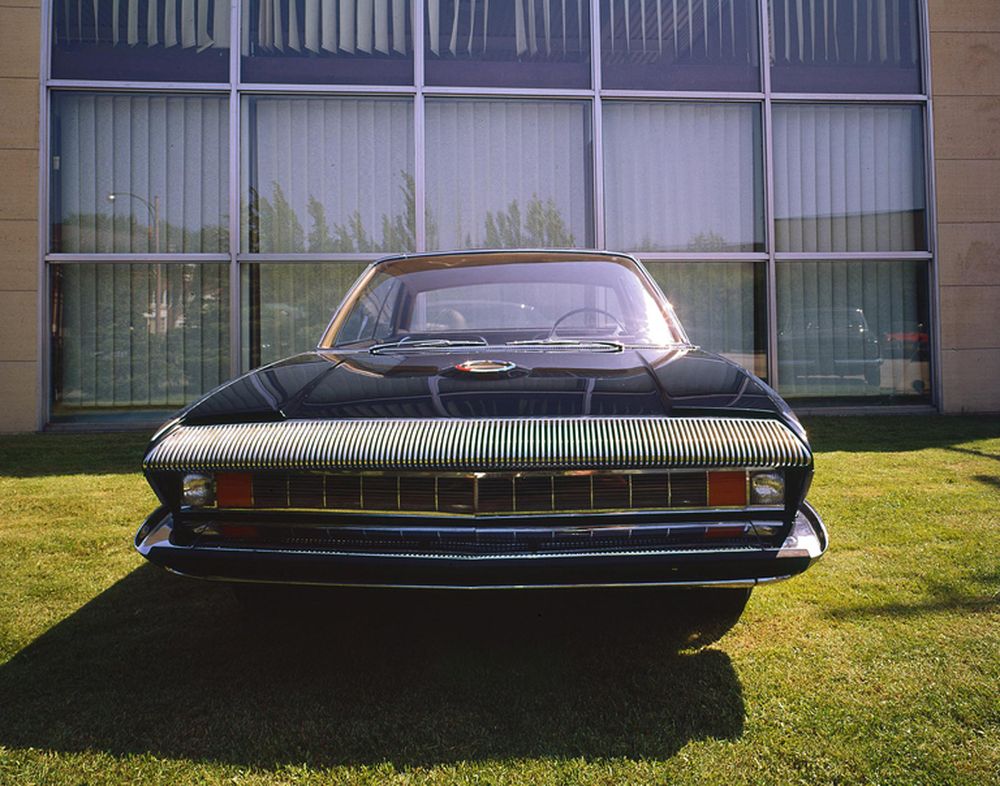
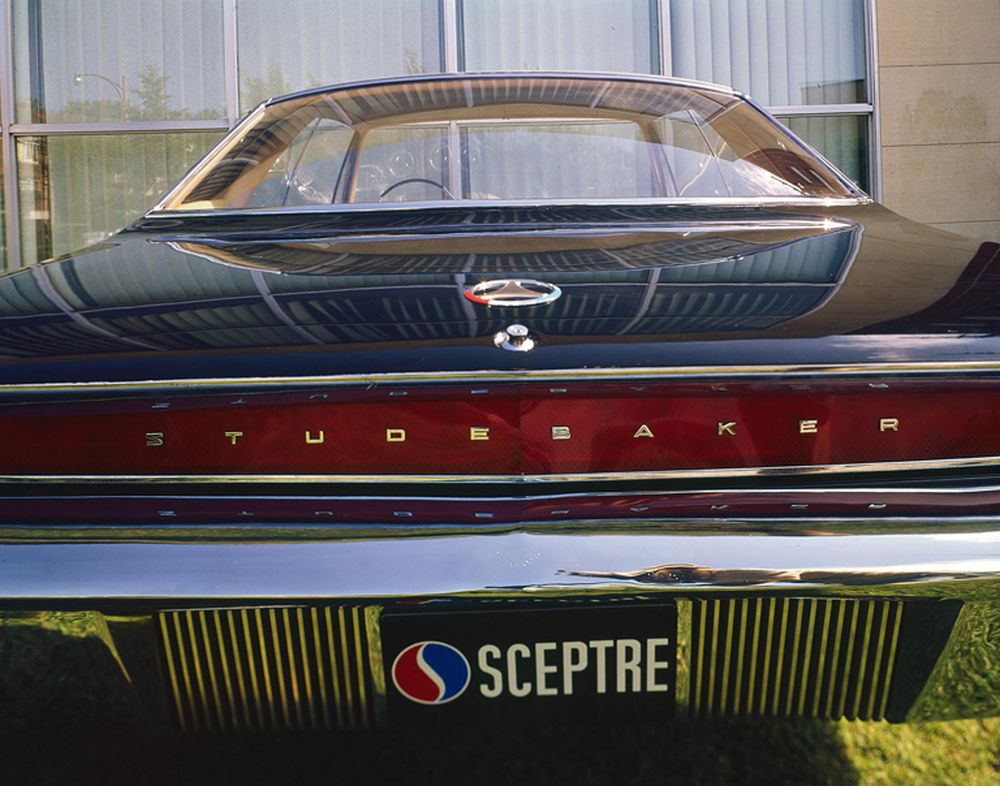
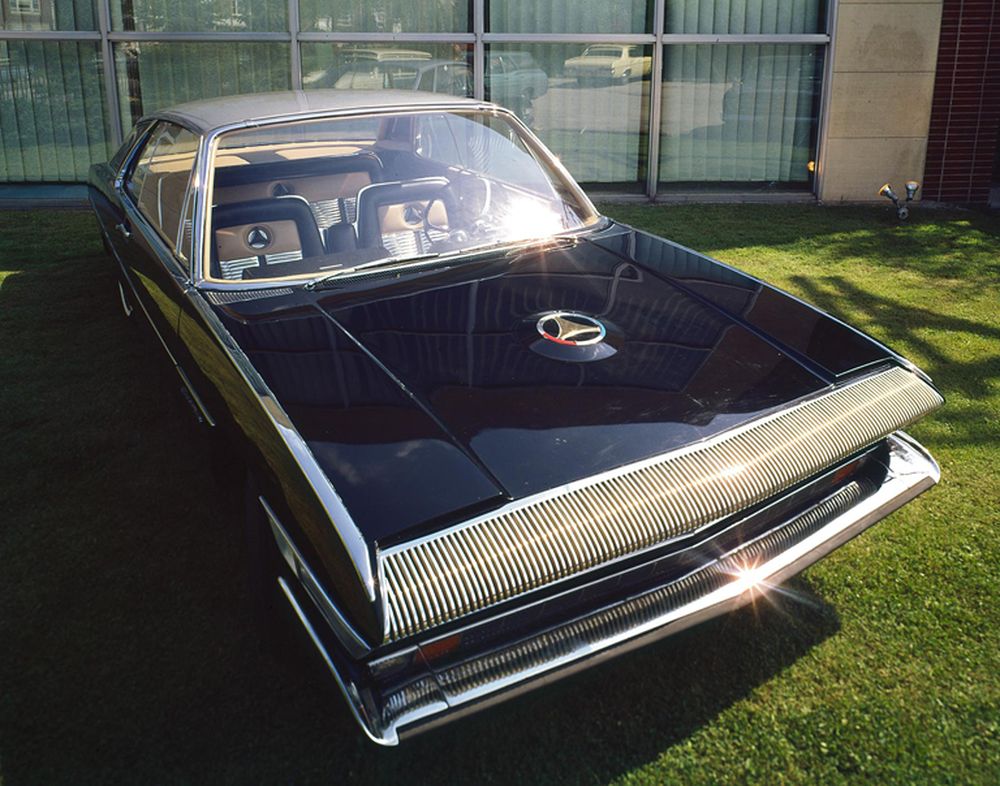
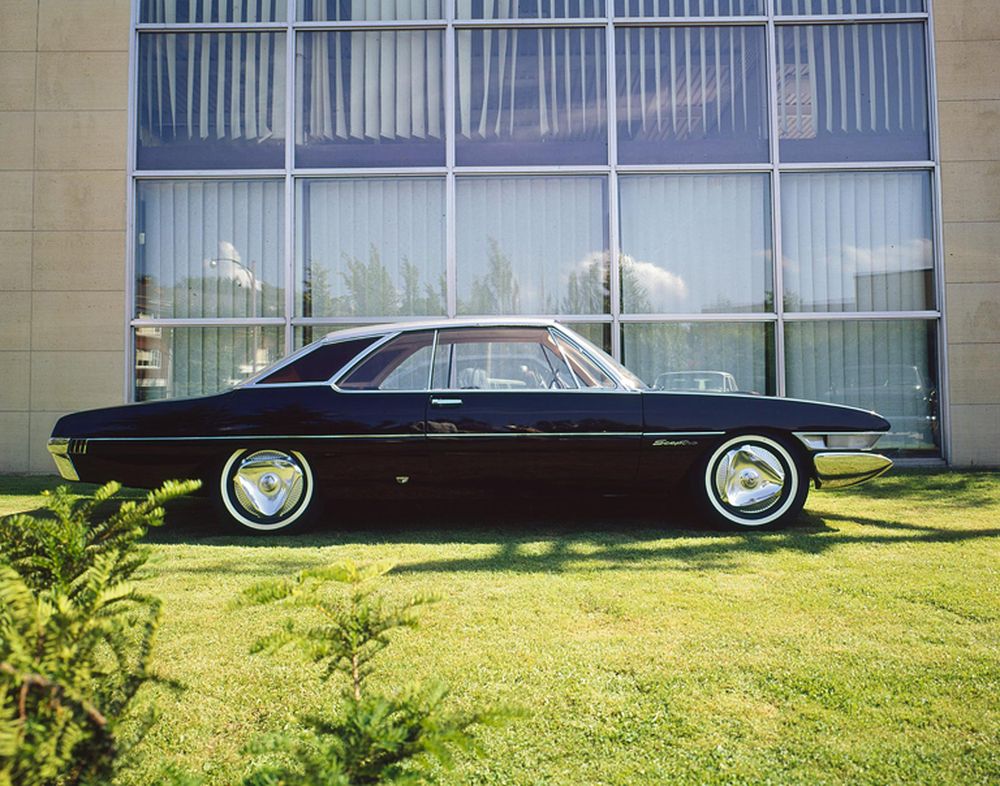
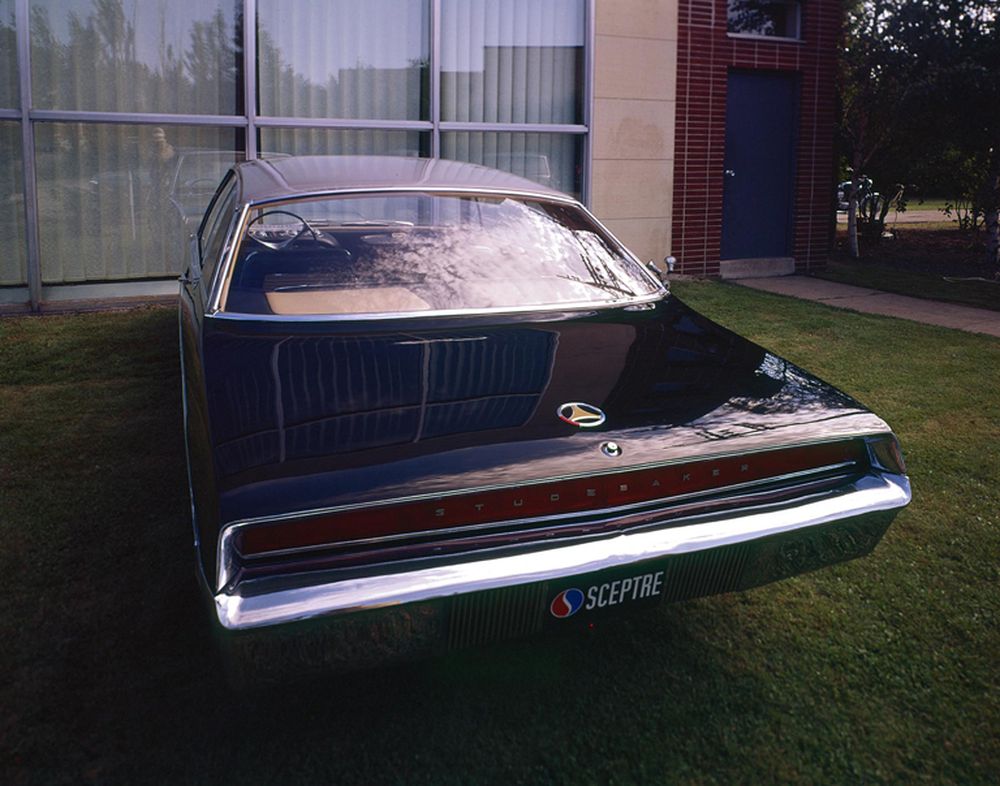
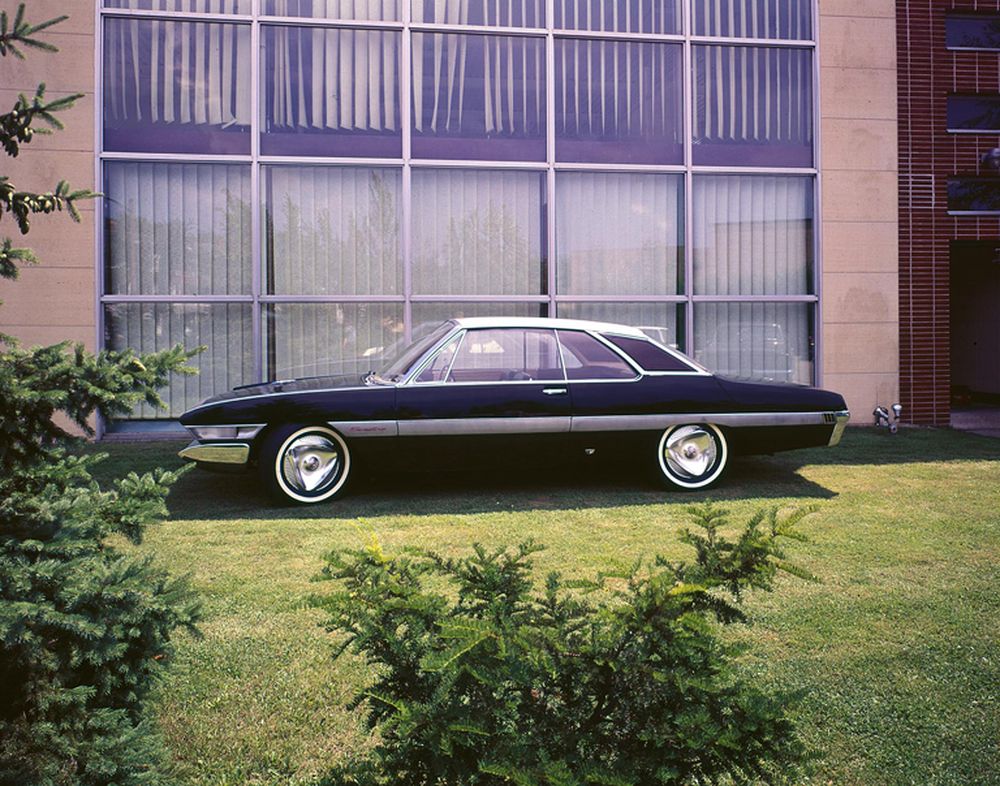
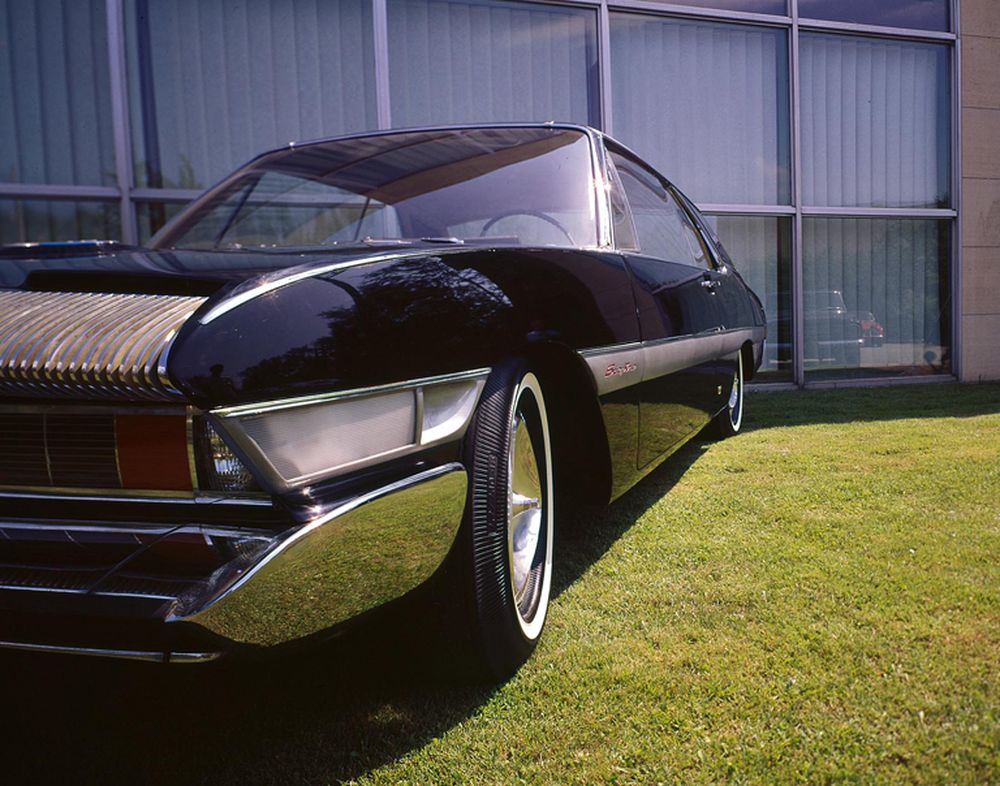
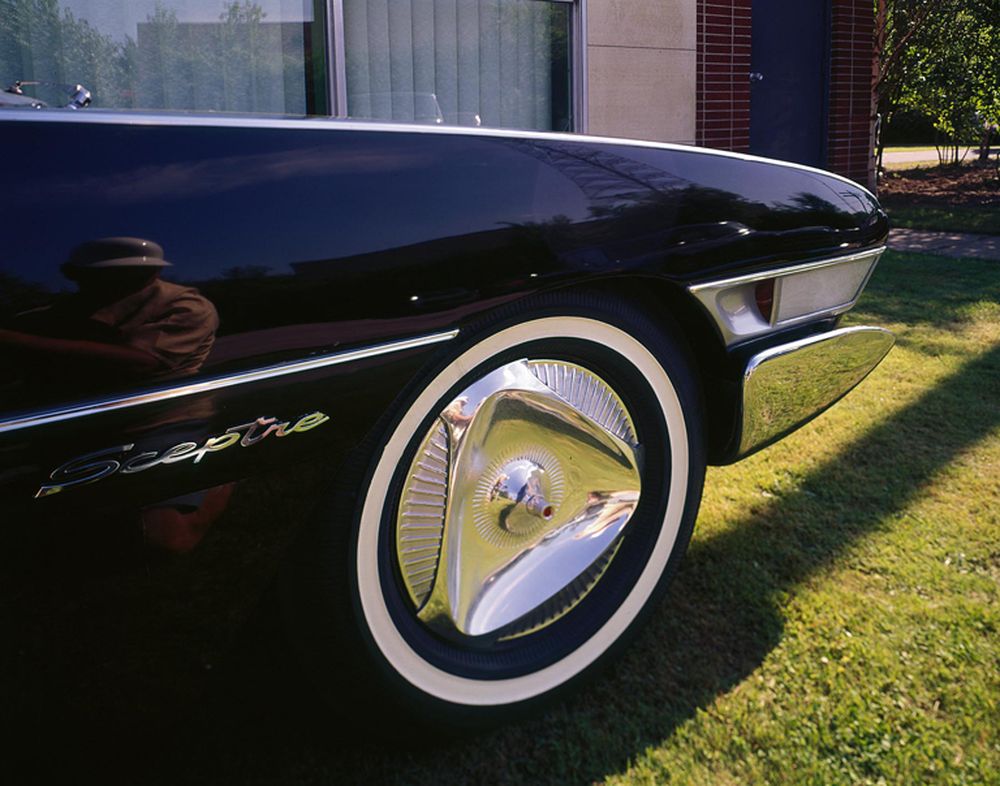
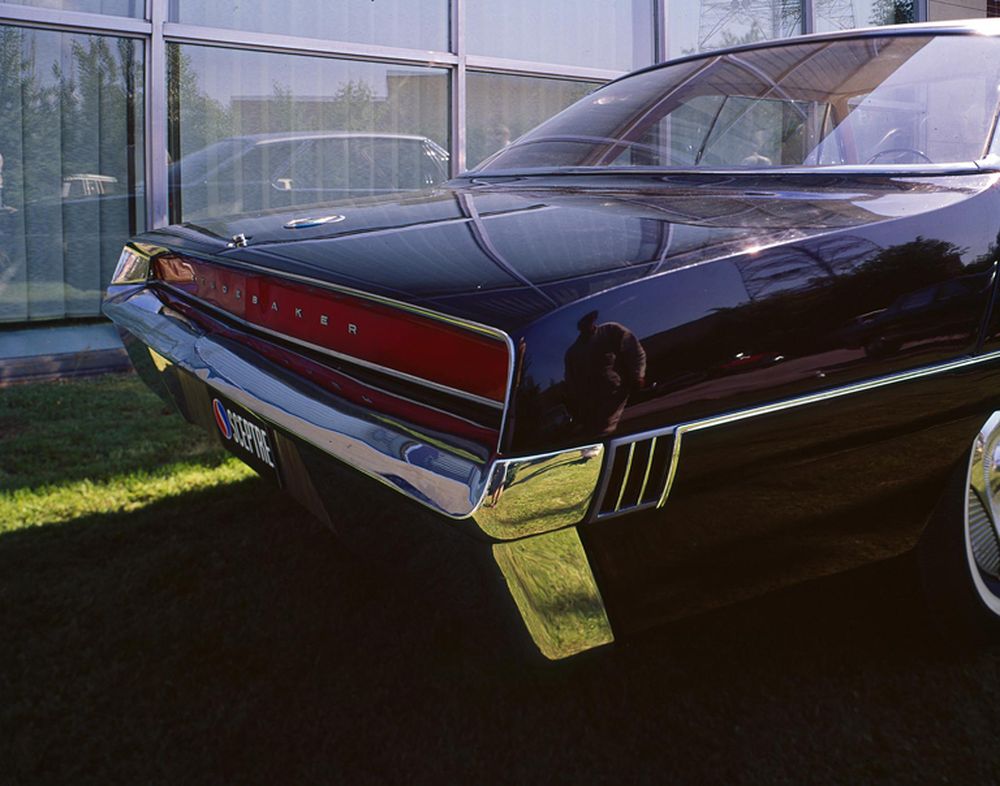
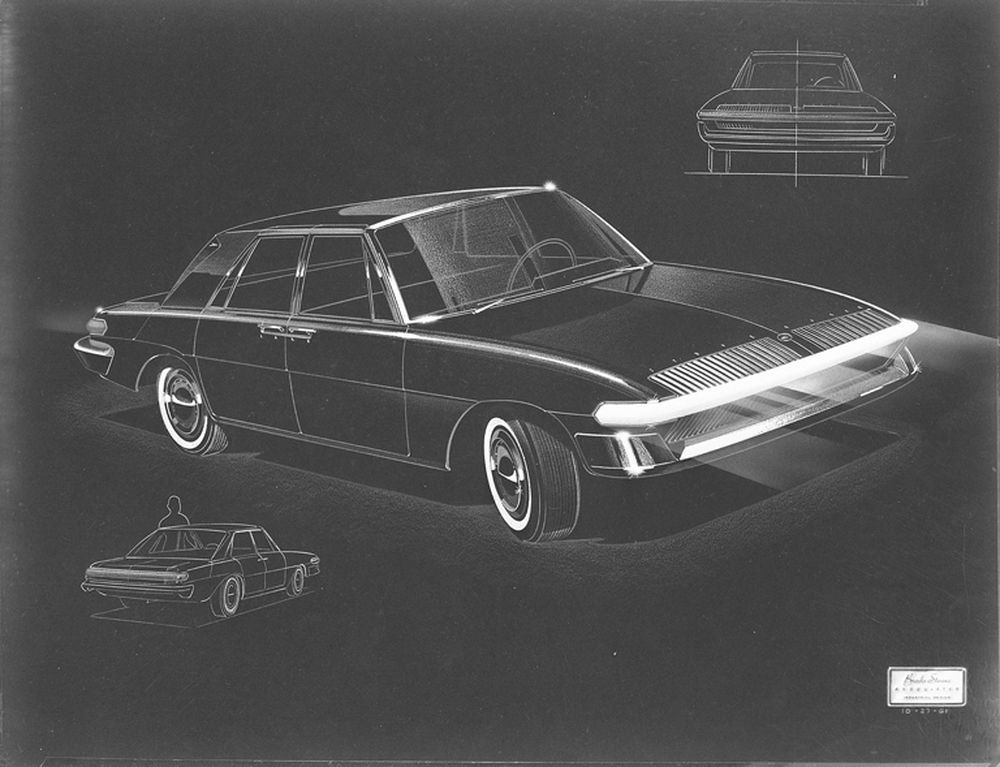
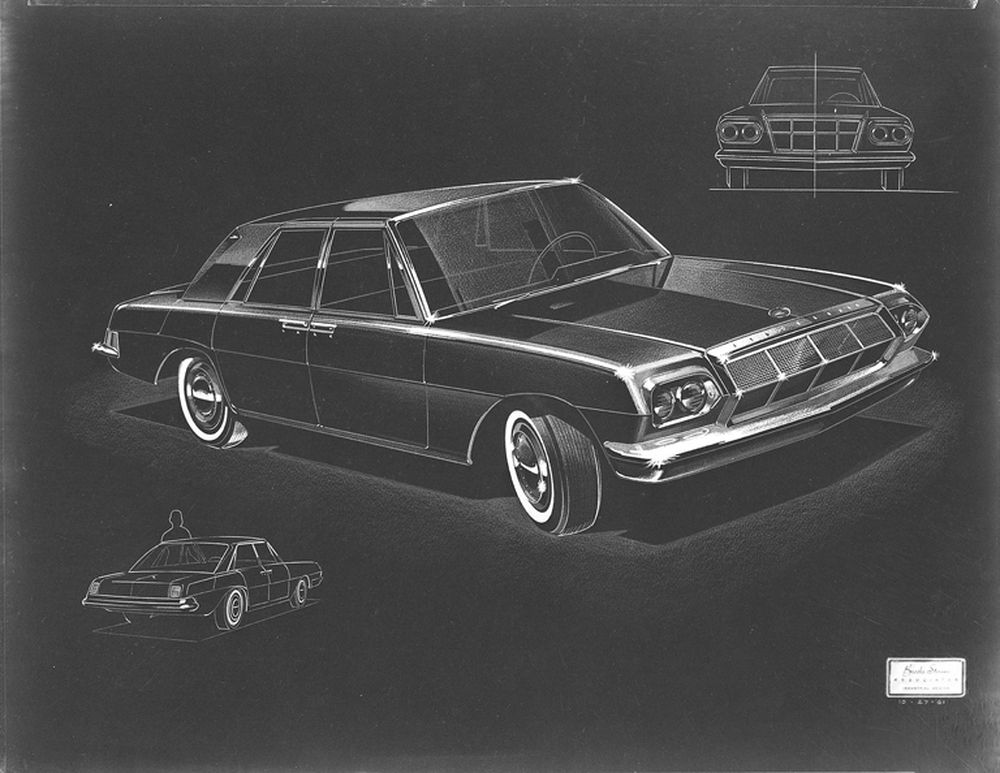
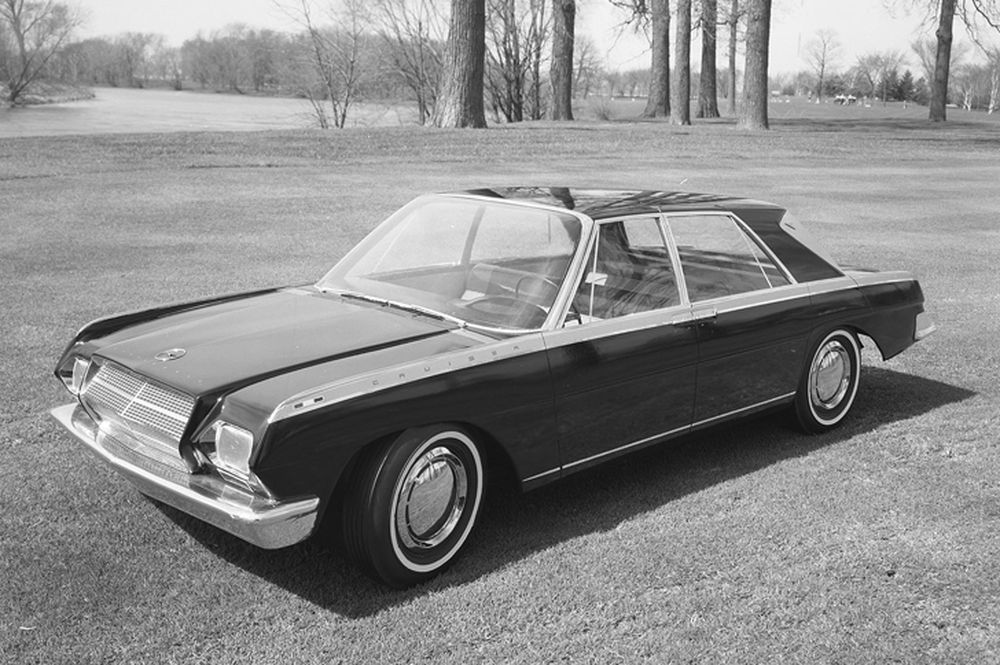
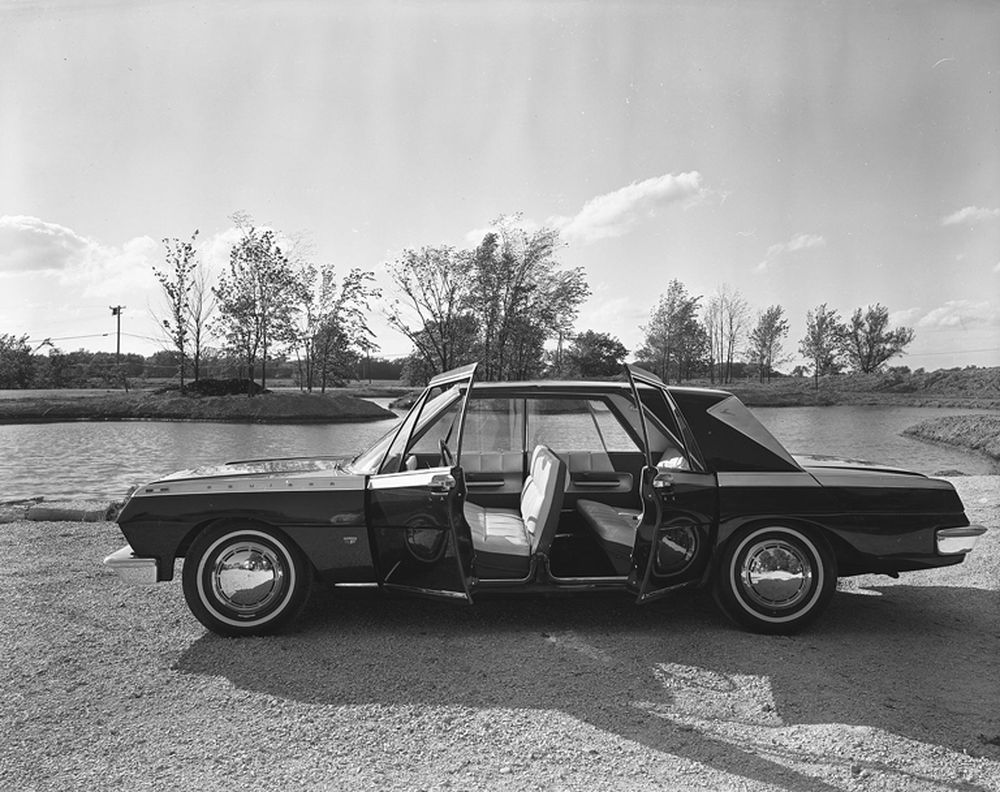
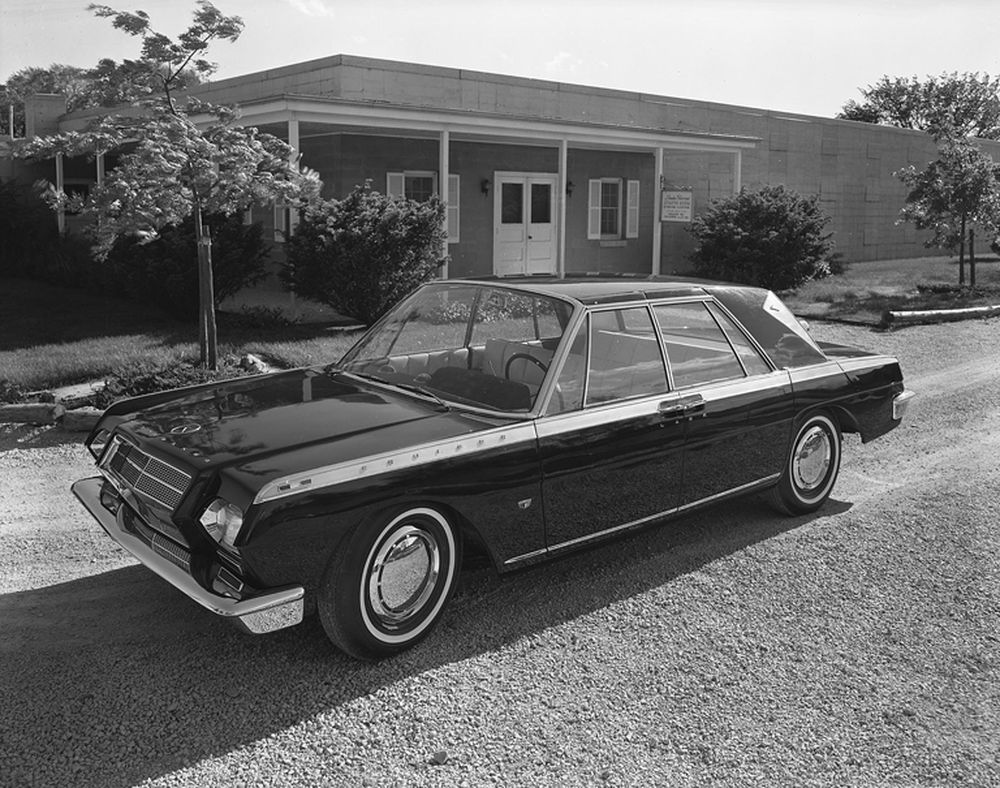
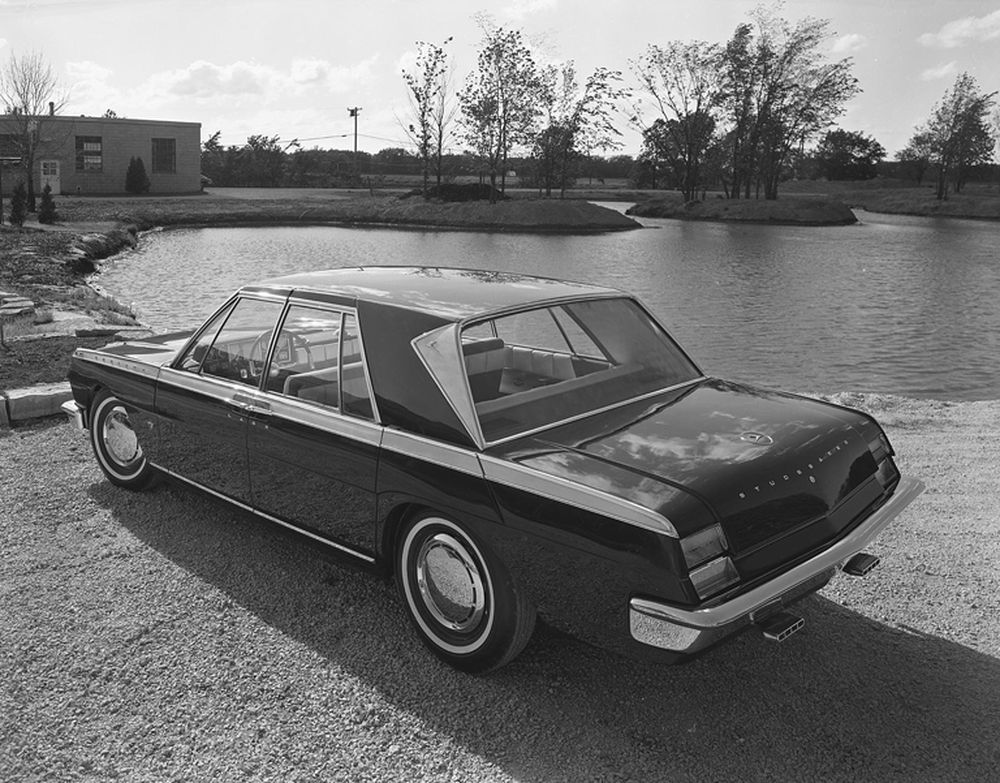
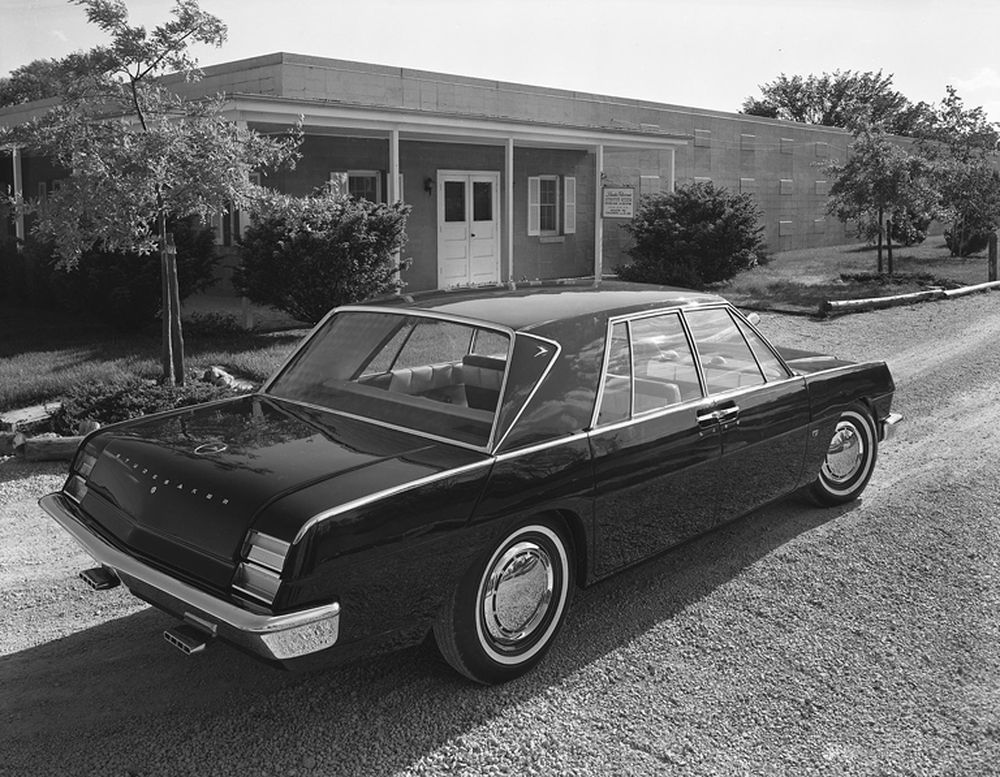
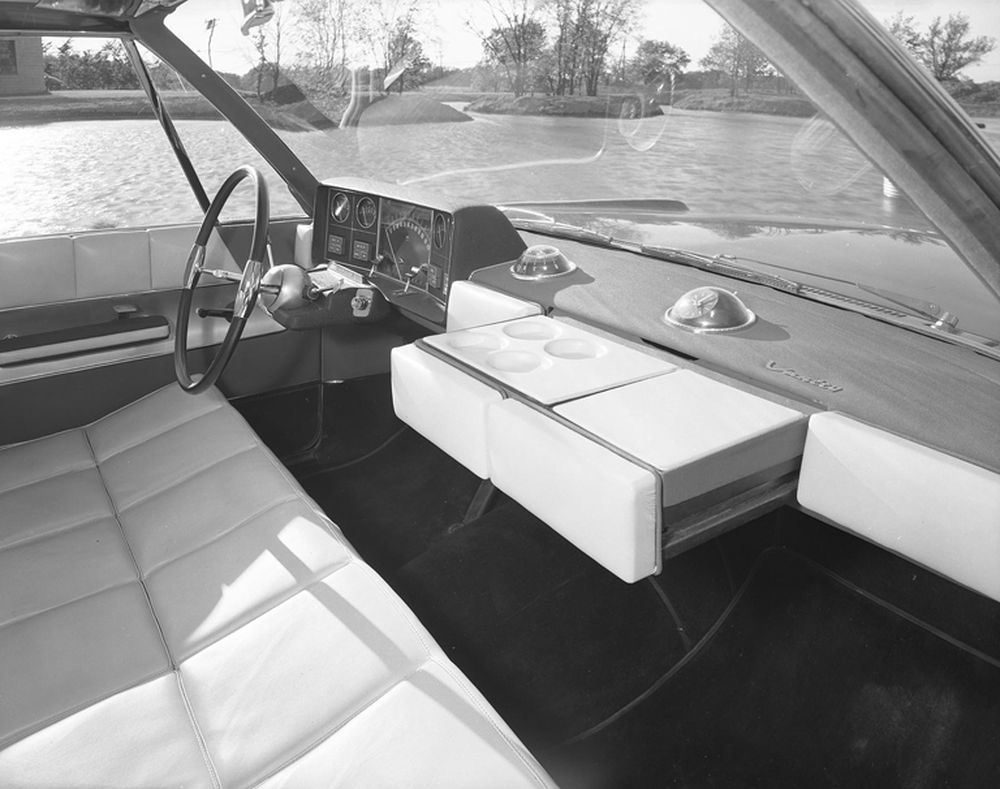
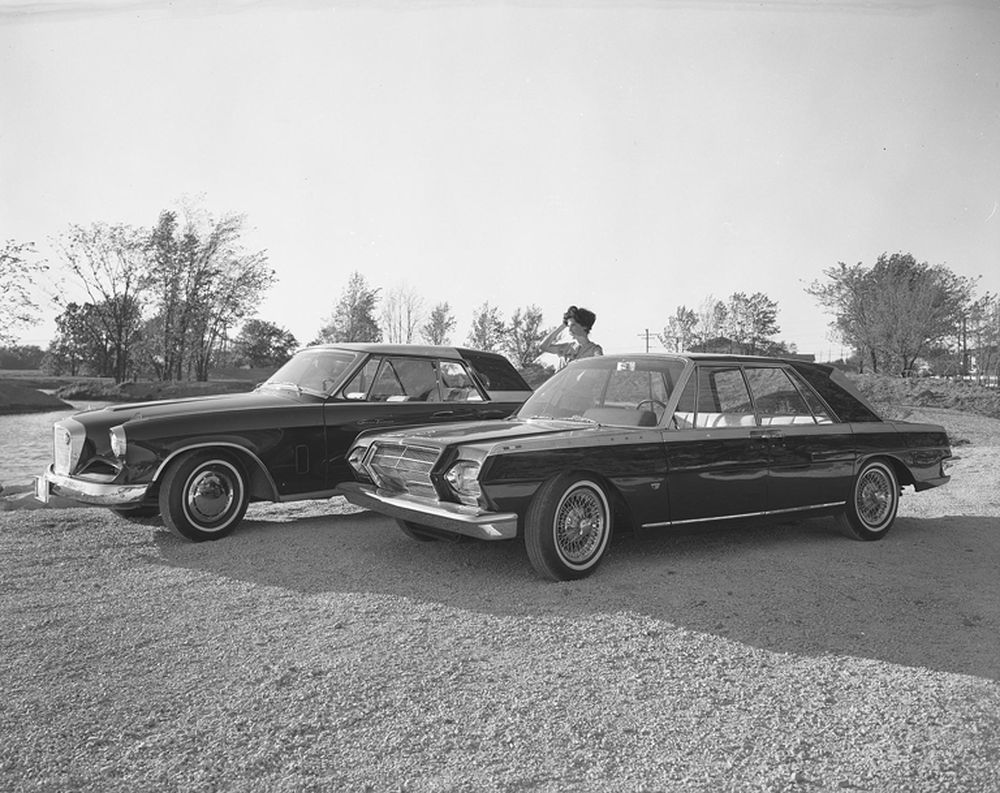
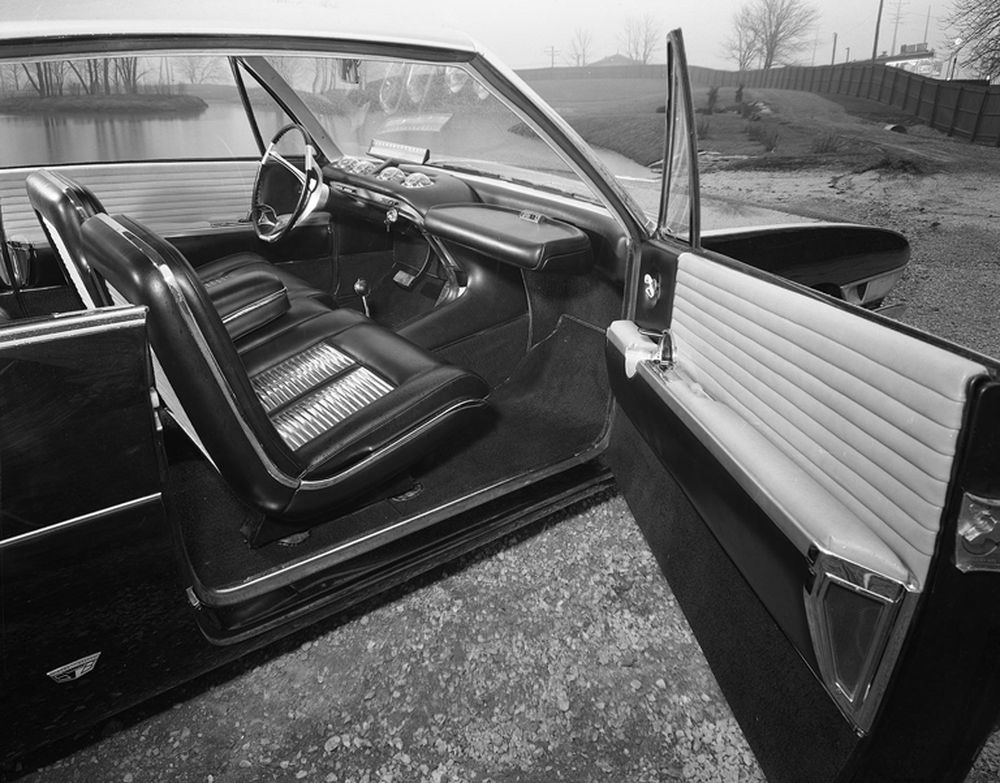
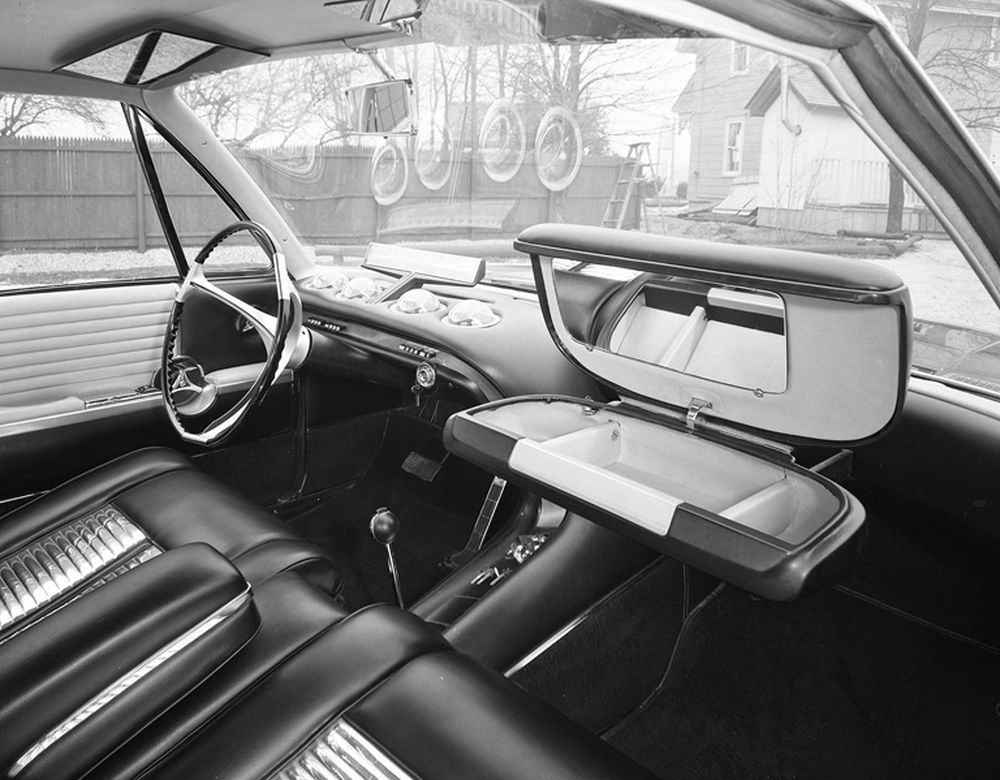
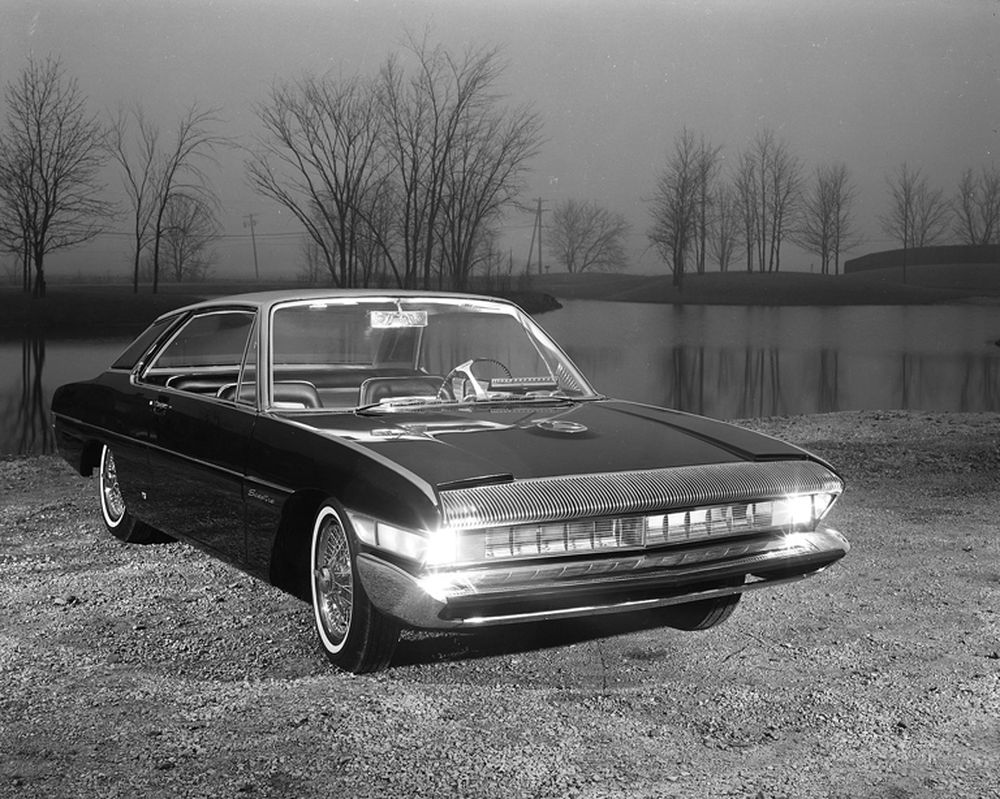
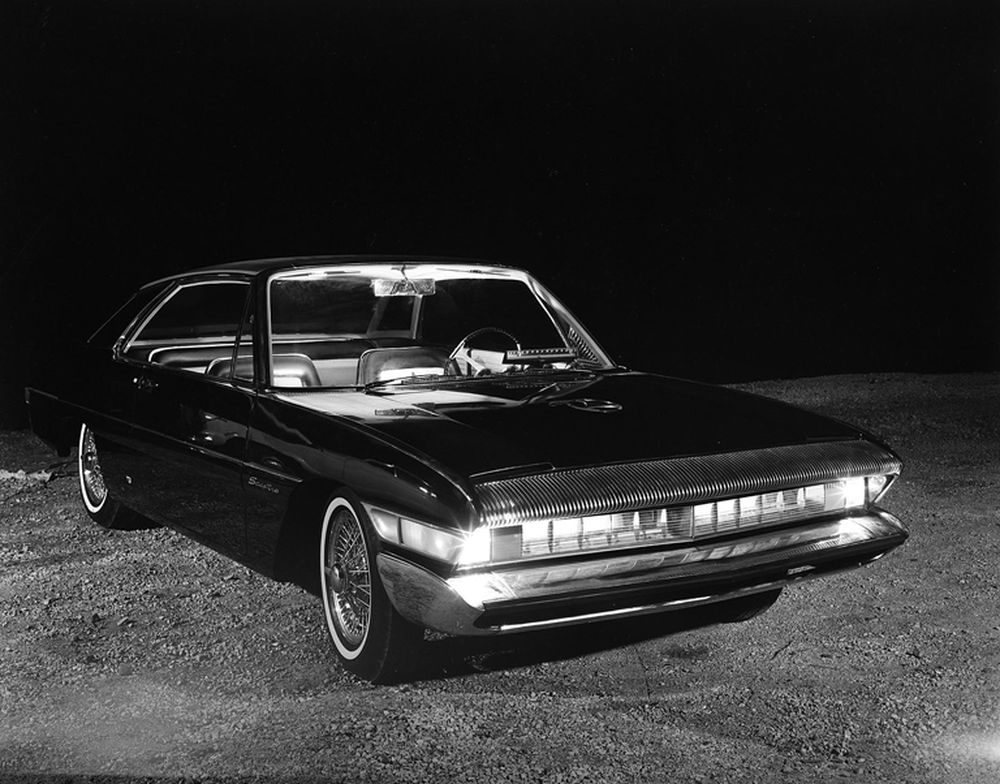
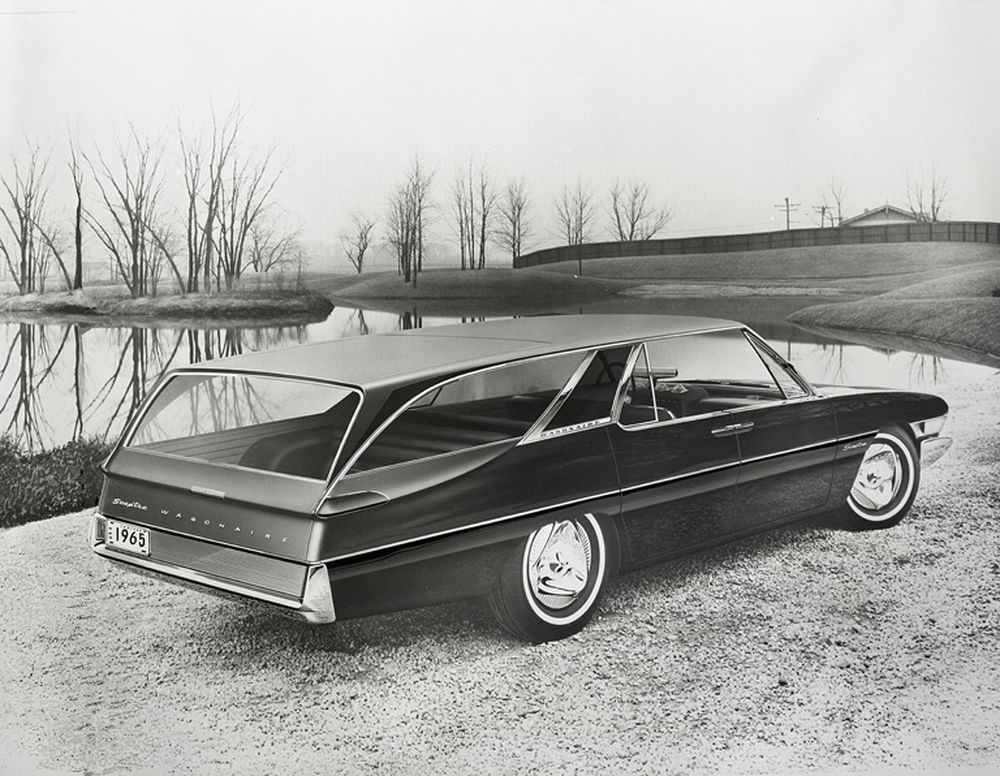
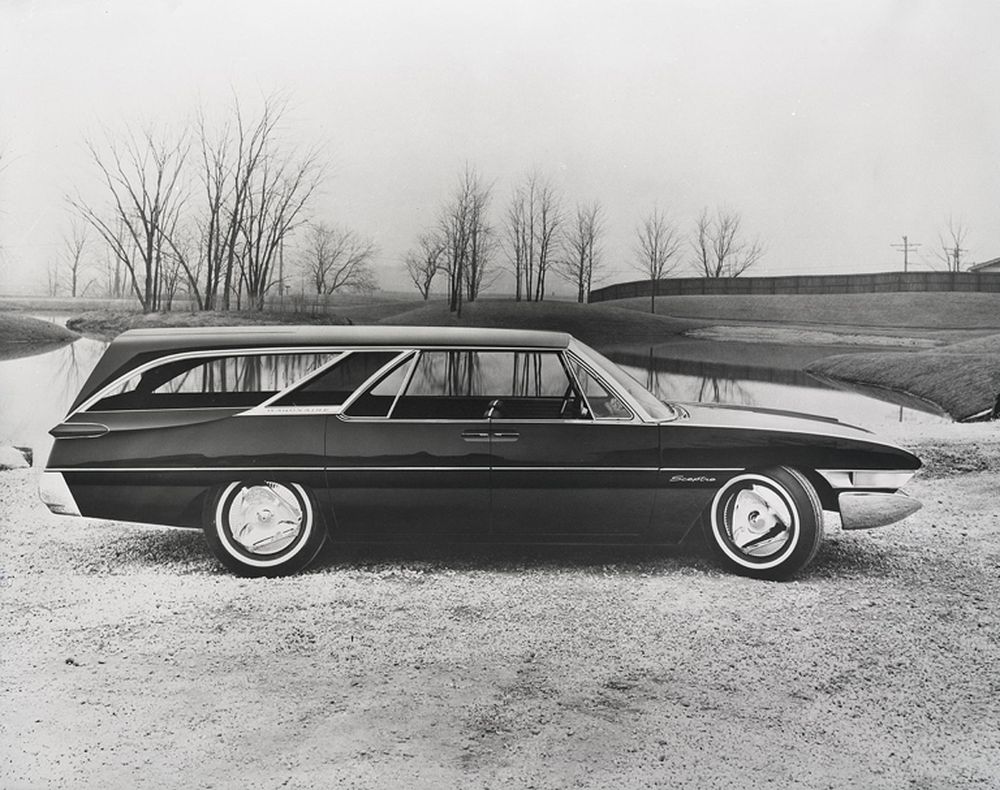
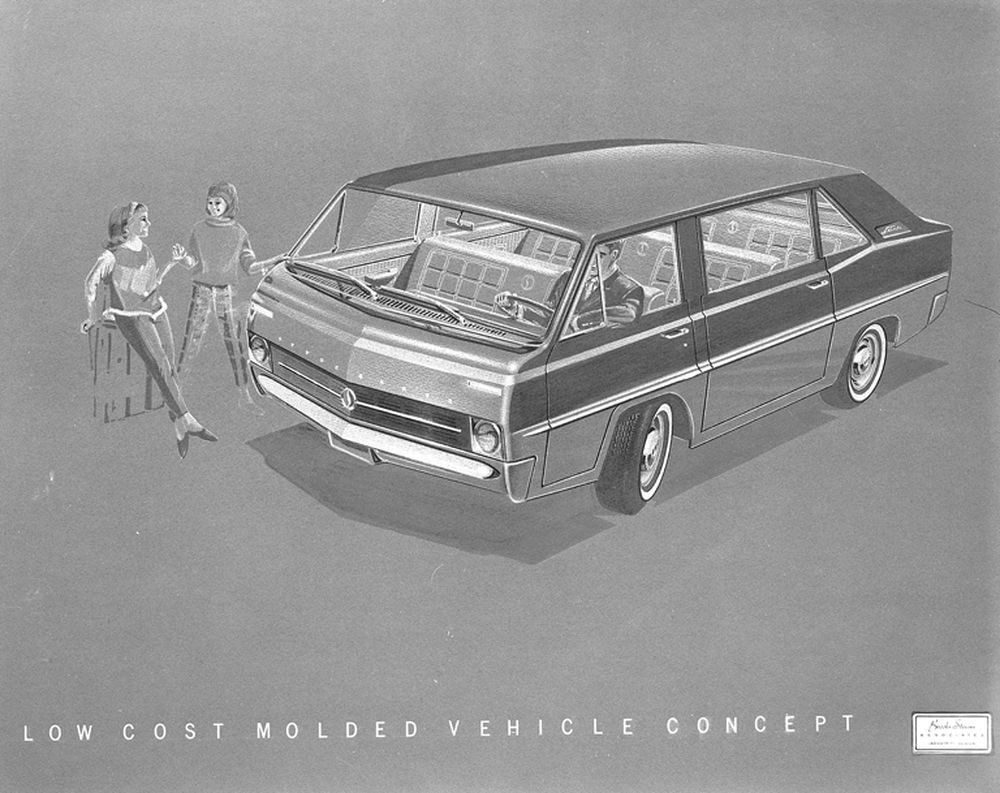
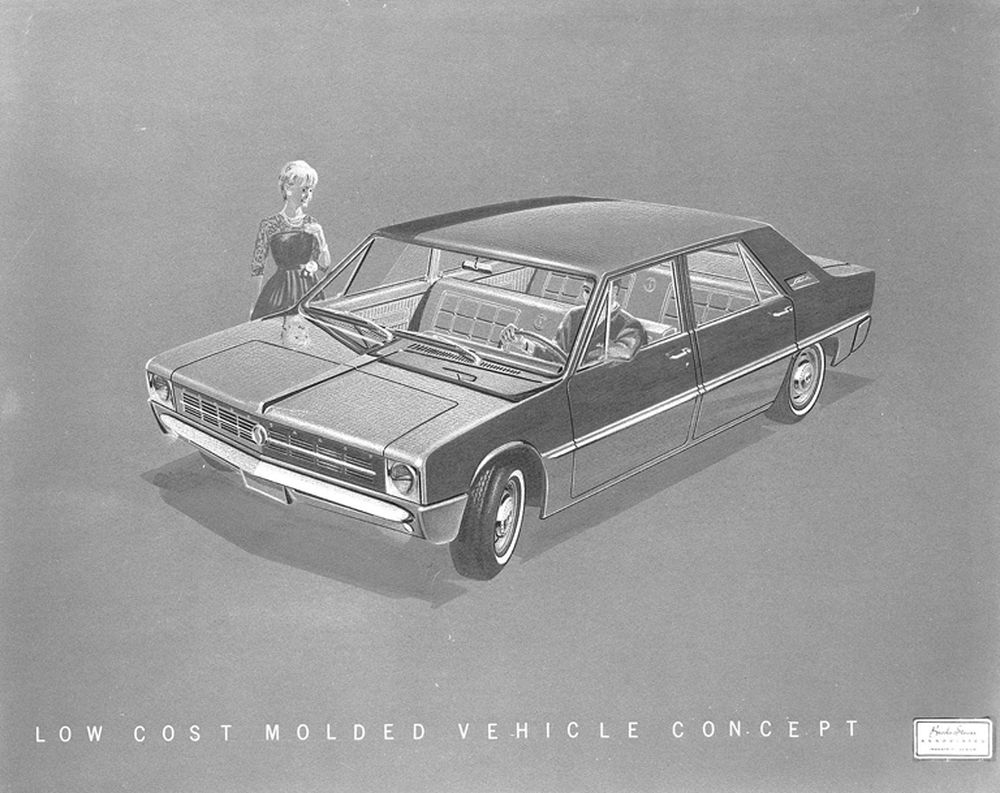
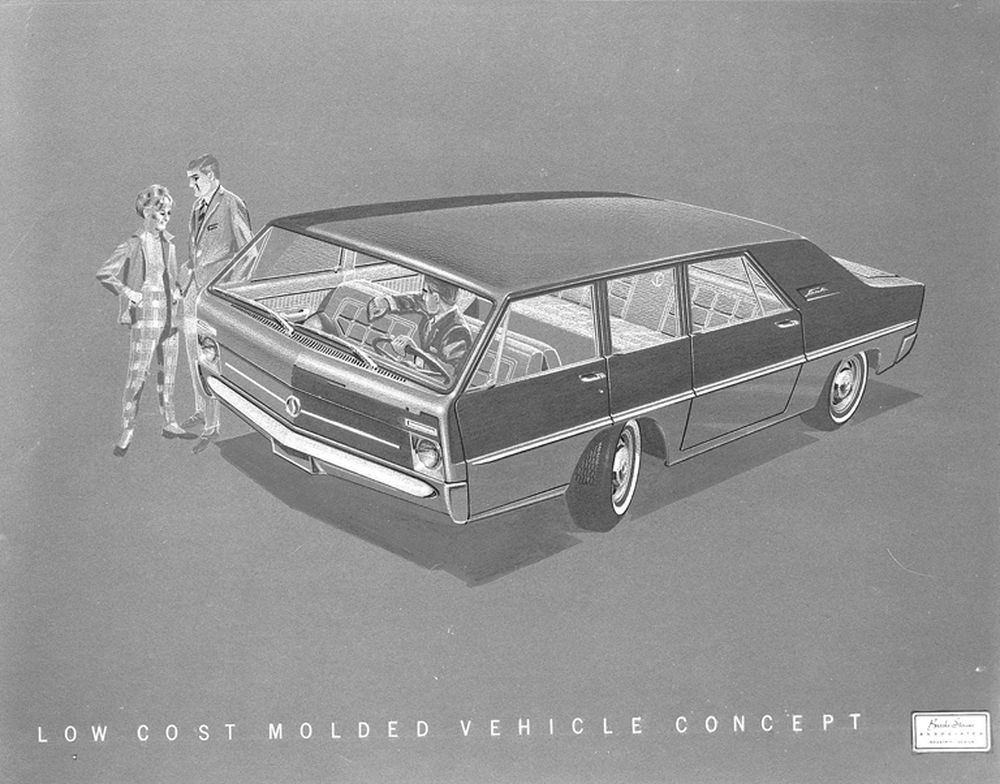
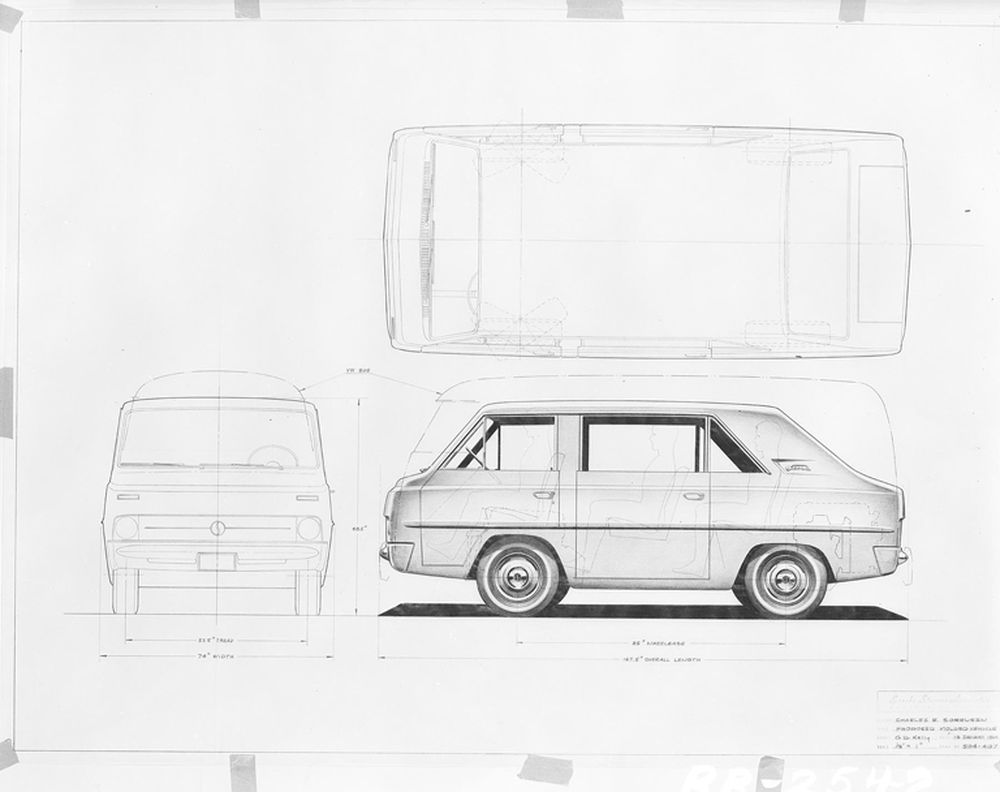
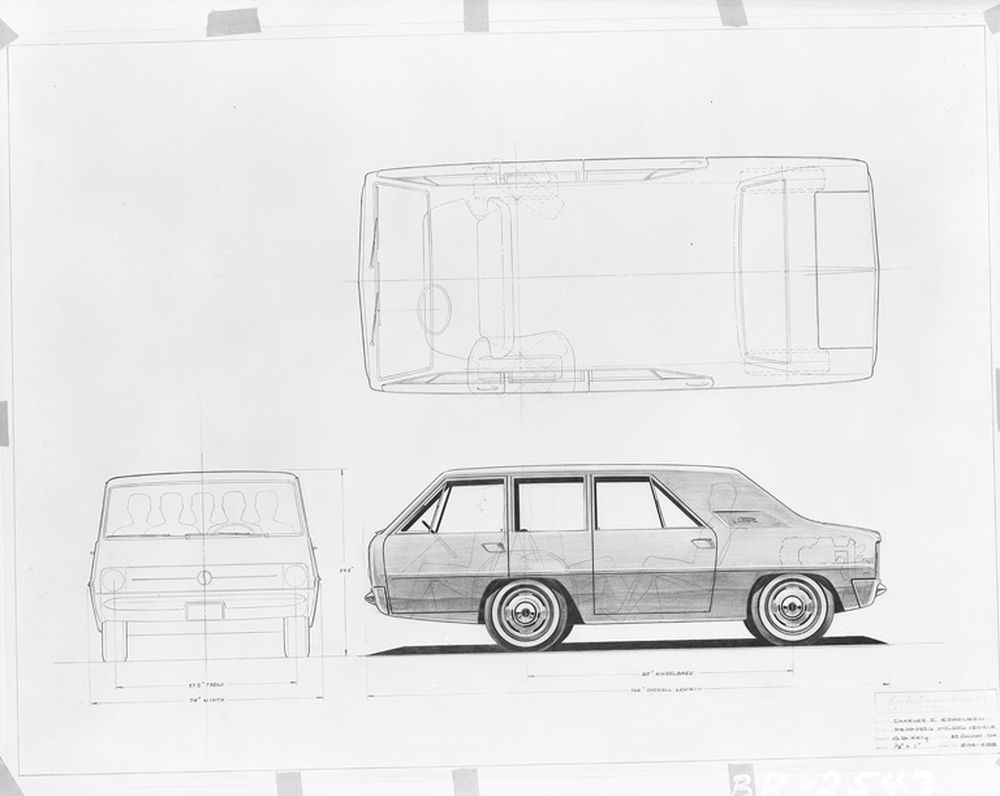
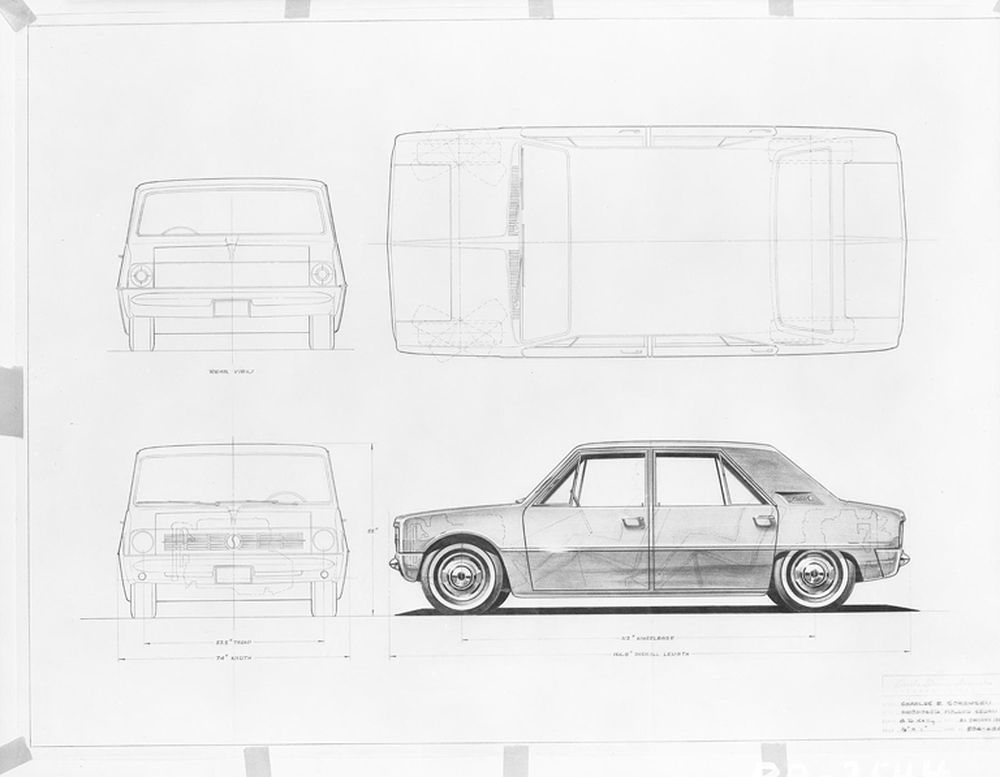
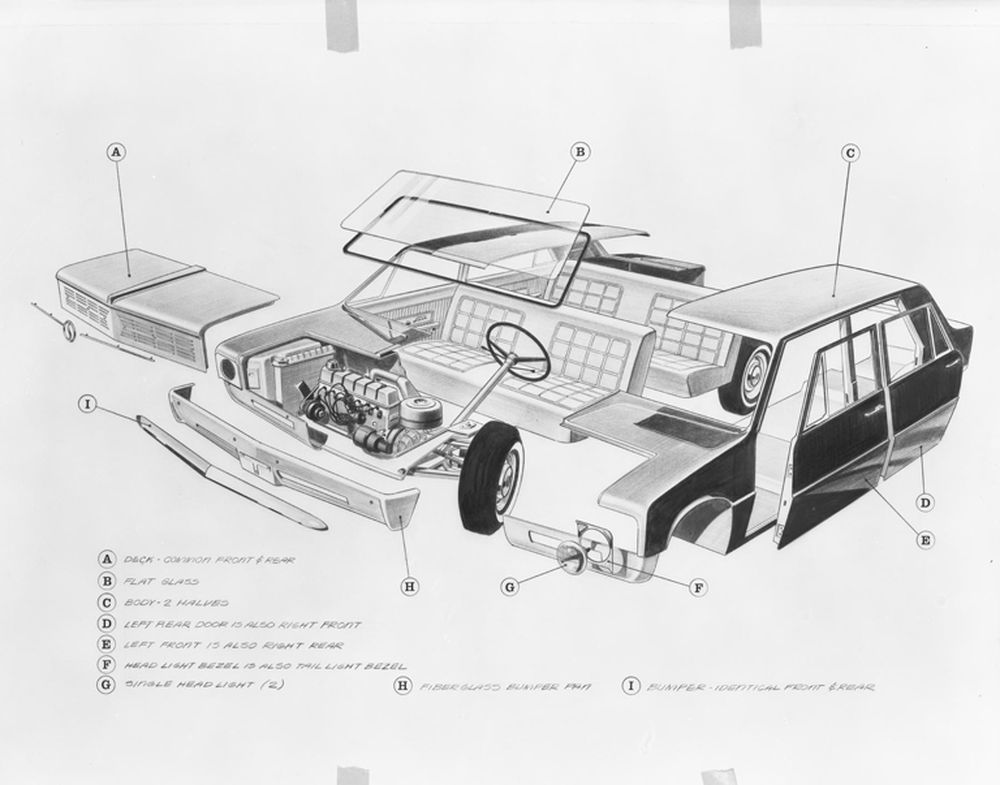
Kip Stevens was a great designer and great person. But the conclusion is inescapable: these were not the cars to save Studebaker.
The Brooks Stevens museum was across town from where I live, so I saw these brilliant vehicles many times. And they were brilliant, like nothing the Big 3 were producing then or since. He had done so much prior to this to help keep the company afloat, beautiful updated at very low cost. But as Mr. Ludvigsen states, it was much too late to save the company. Very sad, every one of these automobiles were beautiful, innovative designs. I regret I never had the chance to photograph them.
Some beautiful design work. It appears that Ford picked up on what they were doing or is it the opposite?
One great car will not make up for years of bad quality and unhappy customers. GM knows how that goes. I can’t remember which brand that it was that came out with a wonderful little sedan that was a couple of thousand dollars lower in cost than everyone else’s comparable models. It was wondeful. The press went bananas chastising everyone else for their high prices and two years later they went bankrupt.
Like every art form from Detroit between 1948 and 1972, some were great, some were dreadful. These exercises are no exception. What Studebaker needed more than anything else was a true government bailout, unheard of in 1964. If ever a more deserving company qualified, it was Studebaker, an American company with more than a century of quality vehicle manufacturing behind them. One of this country’s most embarrassing events was the loss of this fine automobile company.
My fist car was the Lowey 53 Studebaker Coupe which was truly beautiful for its time. It did have its shortcomings in the mechanicals- mine was a V8 with a scary freewheeling Overdrive 3 speed trans and totally crap brakes! I customized the car getting rid of some of the chrome do dads and gave it a beautiful candy apple red paint job. Also a cool roll and pleat interior with a trick floor shift for the trans (this was in the late 50’s, mind you) Oh yes and also dropped in a Chevy V8 !
Those Stevens models were pretty impressive – especially for $16K !!
To bad that he could not pull it off. It looked like it could have been a successful design.
Brooks Stevens did a design proposal for the xj Jeep. His son at one time worked for Dick Teague at AMC.
The “scary” free wheeling overdrive option on a 53 Studebaker only freewheeled in overdrive gear which could be turned off with a dashboard control or accelerator pedal kickdown. The same Borg-Warner unit was used by every American car with overdrive ending with Ford in 1973.
As is well known Studebaker had an ancient inefficient outdated factory and equipment using the most labor hours to build a car and the highest paid workers, and the assembly line was too narrow for wider bodies. Even a Ford Fairlane Falcon based intermediate was wider. So it would have taken a huge investment to produce a contemporary car, particularly a cost effective one – not just tooling but the whole factory including the building.
I did some research on the Borg-Warner overdrive transmission.
From “The Borg-Warner Overdrive Transmission Explained:”
“So as you slow down below 28 mph you are automatically put back into second gear direct drive. HOWEVER, because the sun gear is no longer being held (no OD ratio) the transmission will freewheel. This event can be very surprising to someone who is not familiar with the operation of an OD transmission as suddenly there is NO engine braking! Since this occurs only below 28 mph there should not be much need for engine braking and using the foot brake to stop the truck should be just fine.”
Read the entire article: https://www.fordification.com/tech/overdrive.htm
Borg-Warner OD Instruction Manual: http://www.studebakerclubs.com/NorthGeorgia/Overdrive.pdf